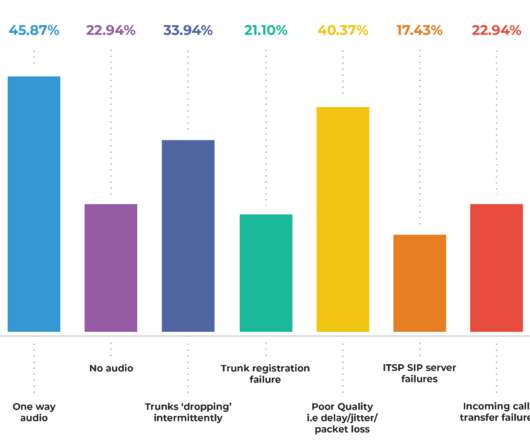Creating a Talos Linux Cluster on Azure with Pulumi
Scott Lowe
MARCH 31, 2023
This post is something of a “companion post” to the earlier AWS post; in this post, I’ll show you how to create a Talos Linux cluster on Azure with Pulumi. Next, it creates a load balancer, gets a public IP address for the load balancer, and creates the associated backend address pool, health probe, and load balancing rule.




































Let's personalize your content